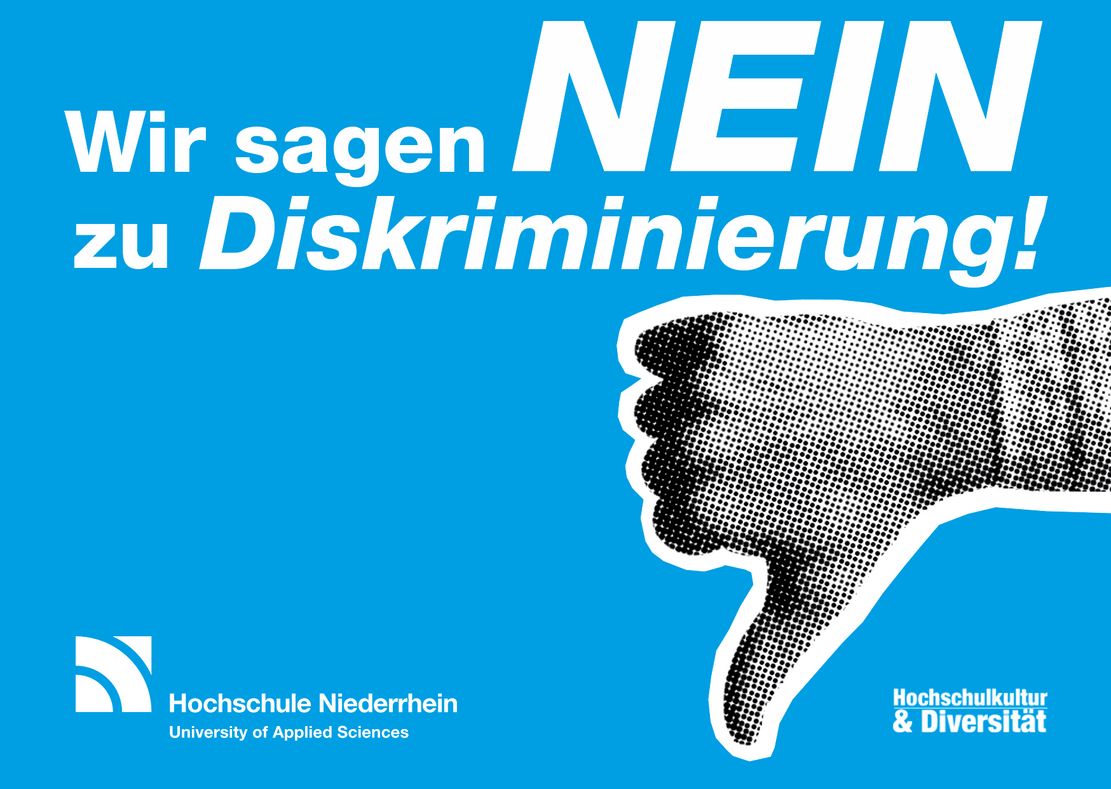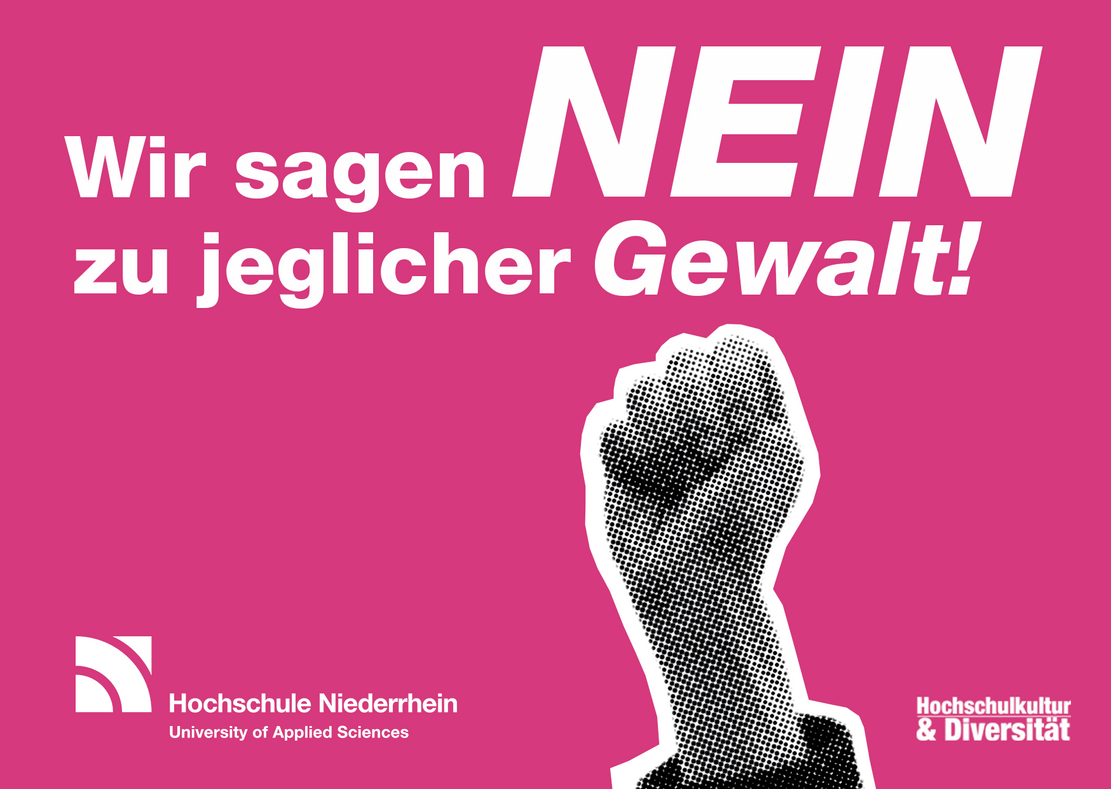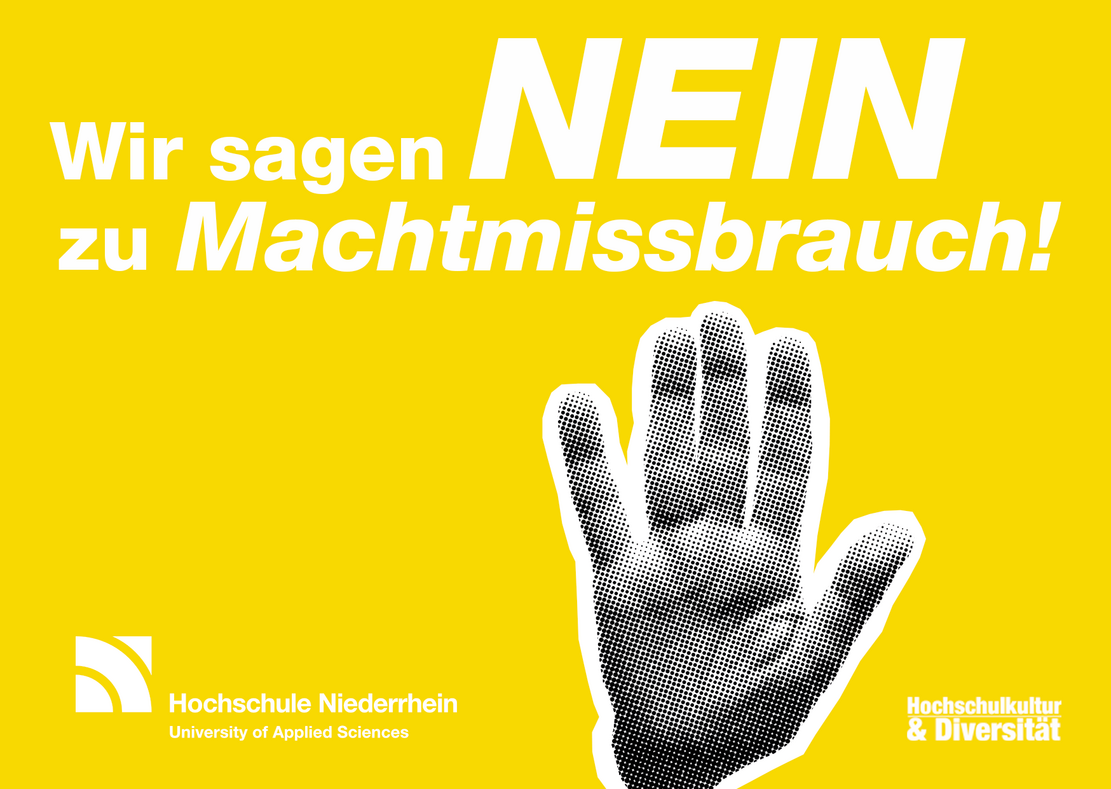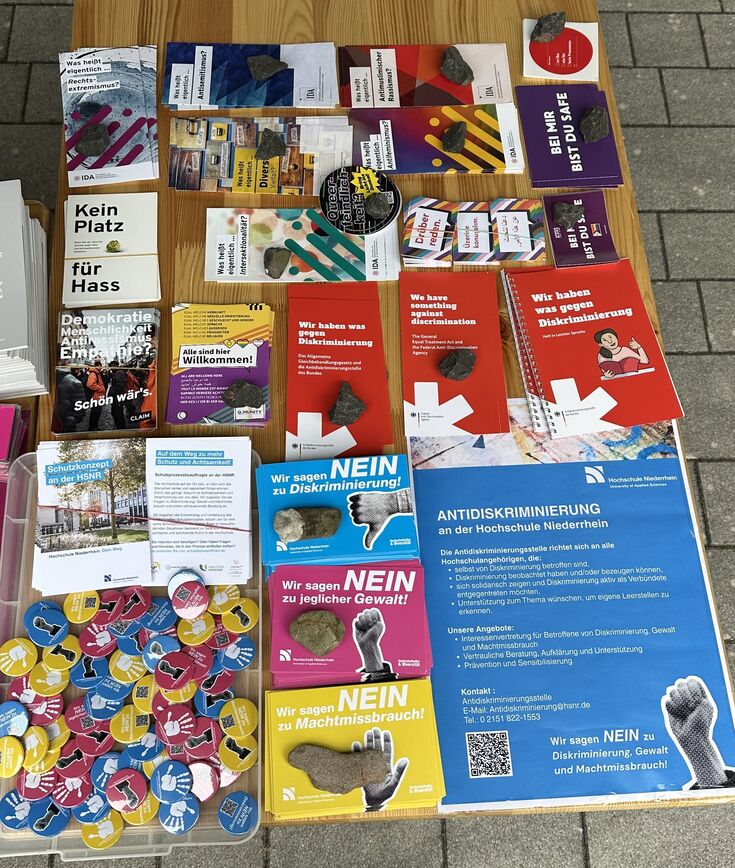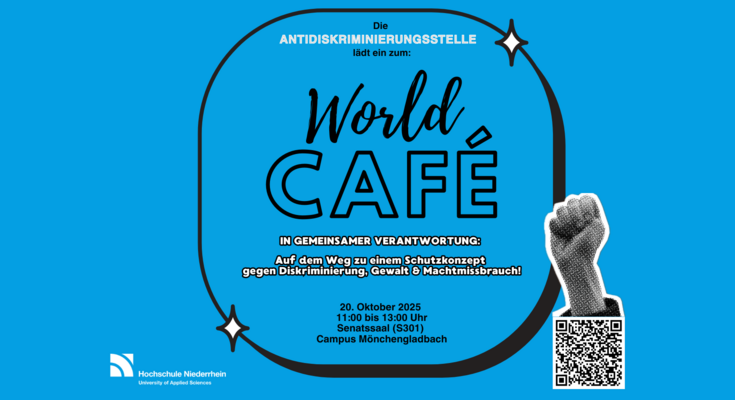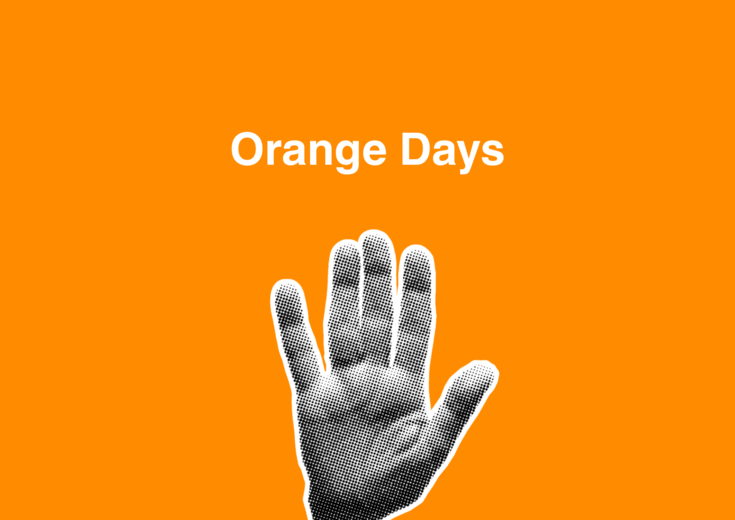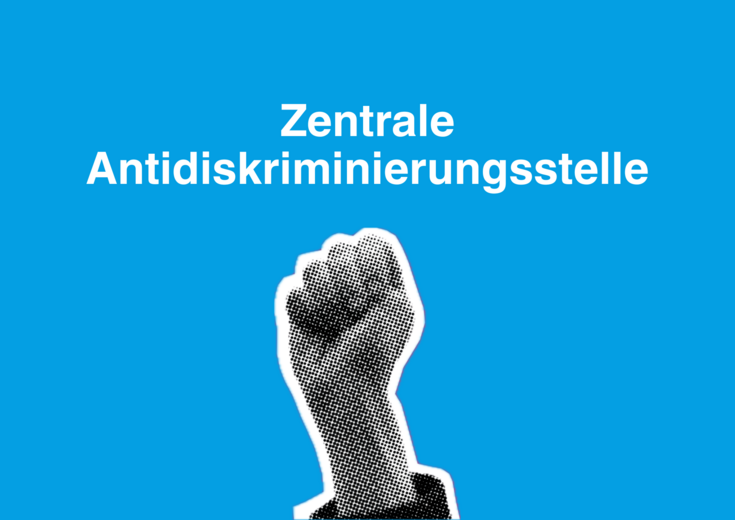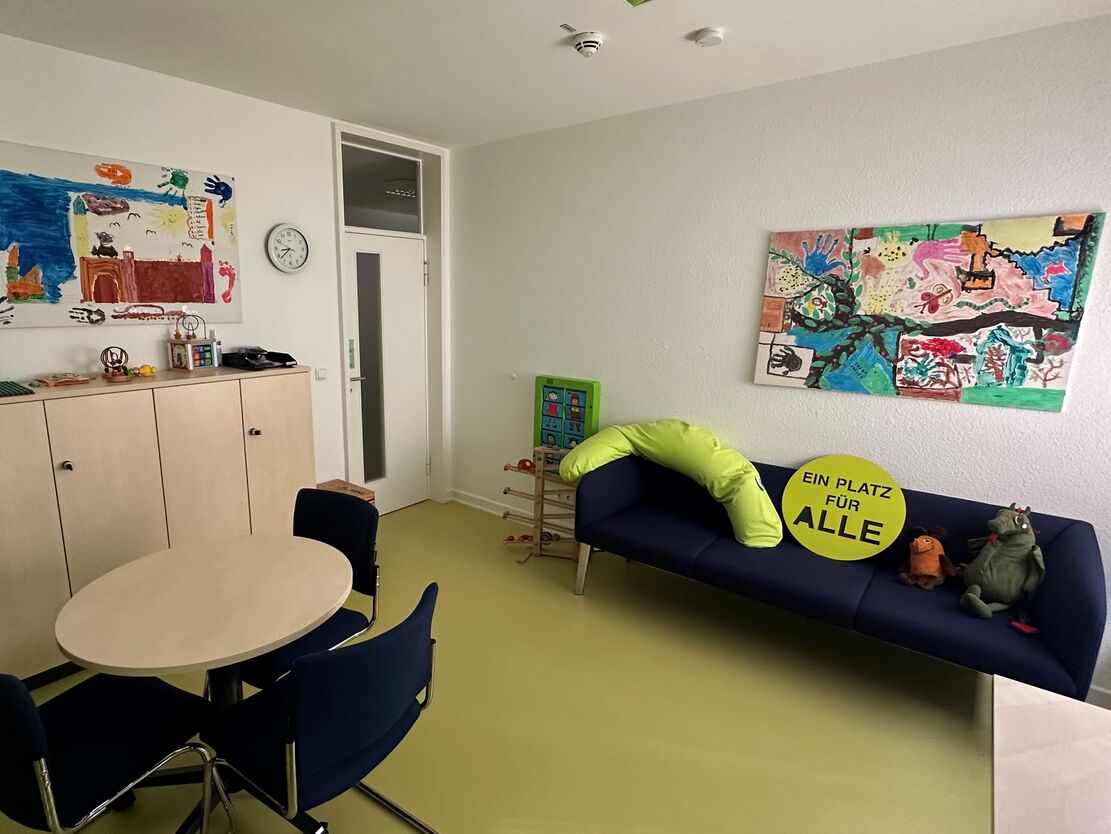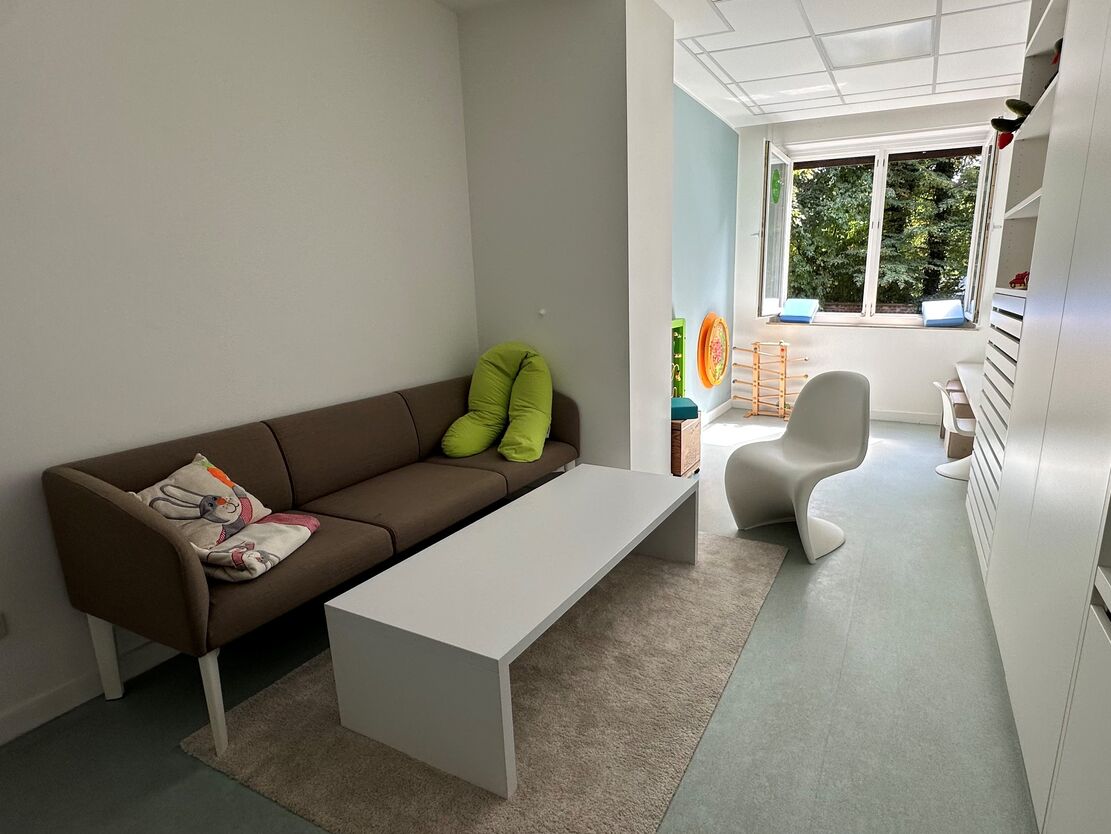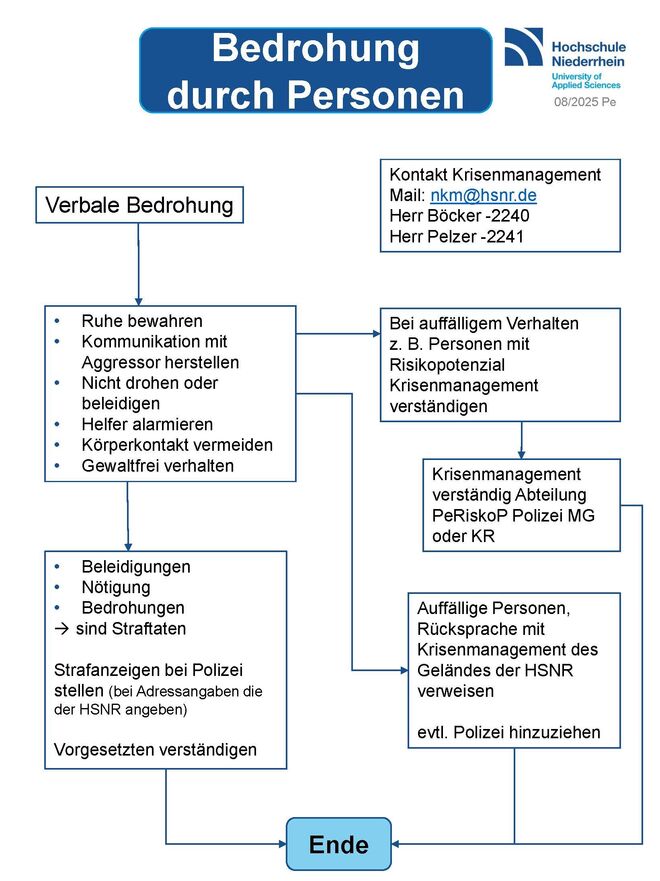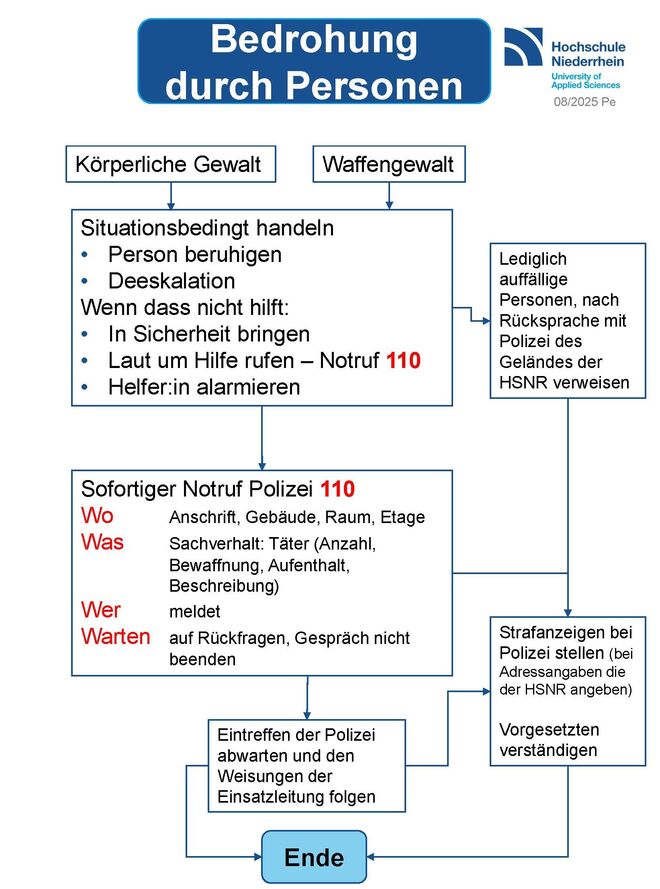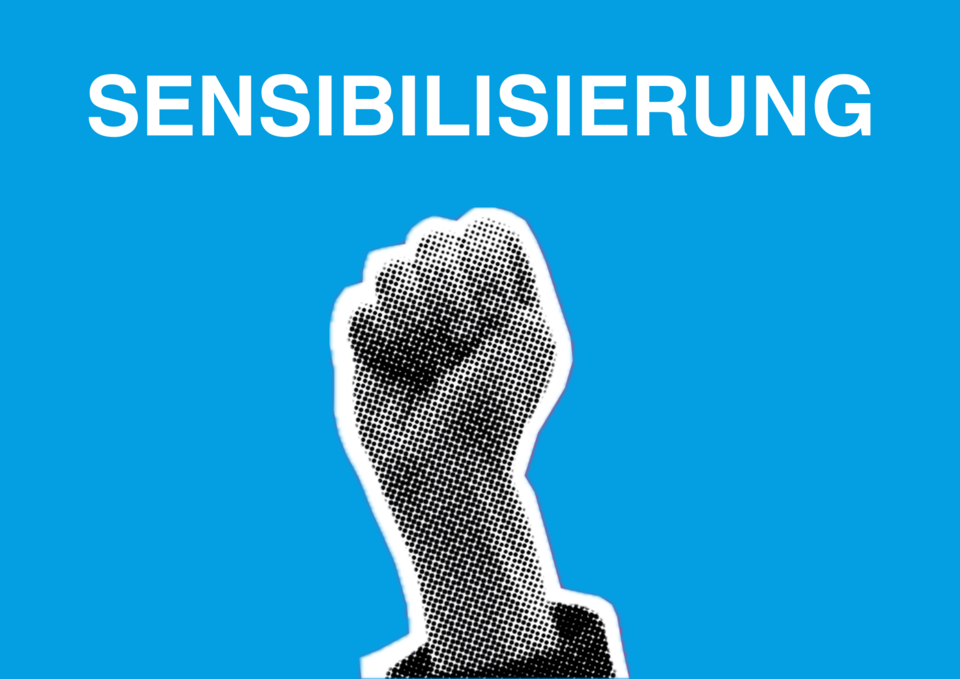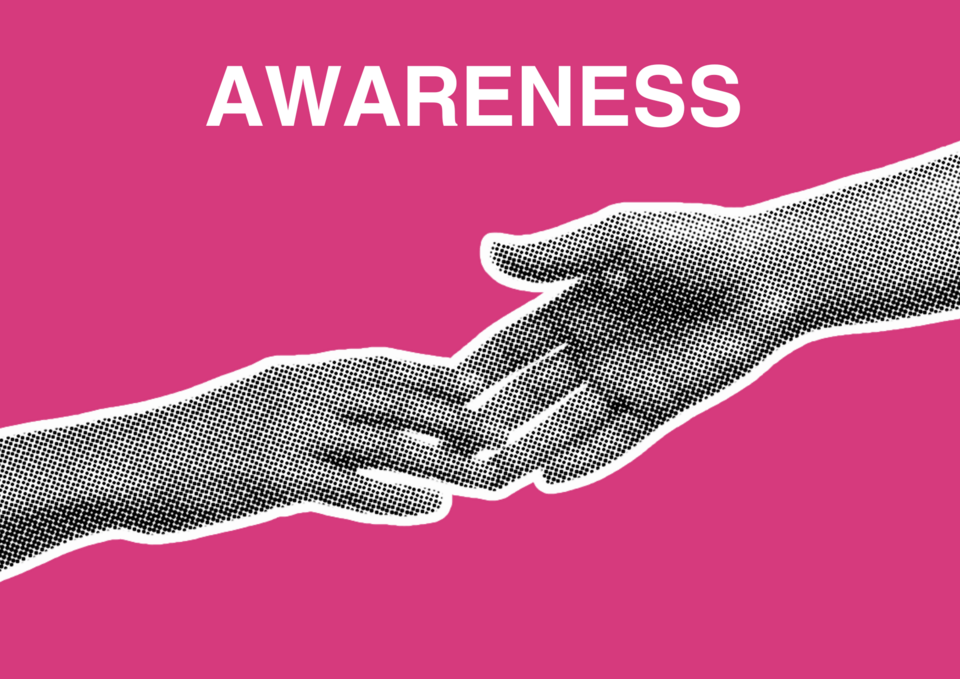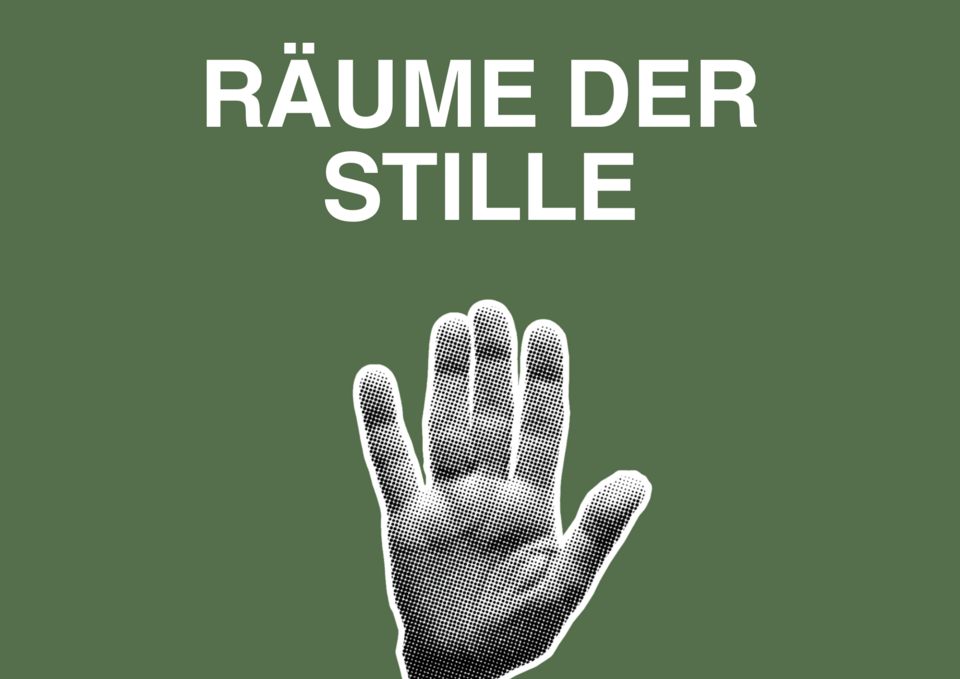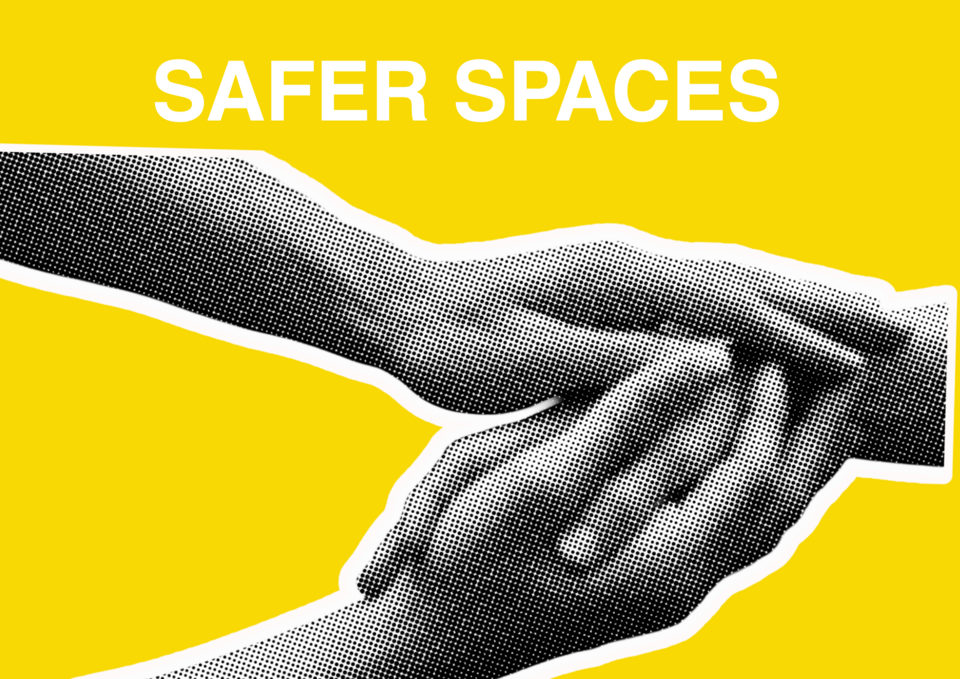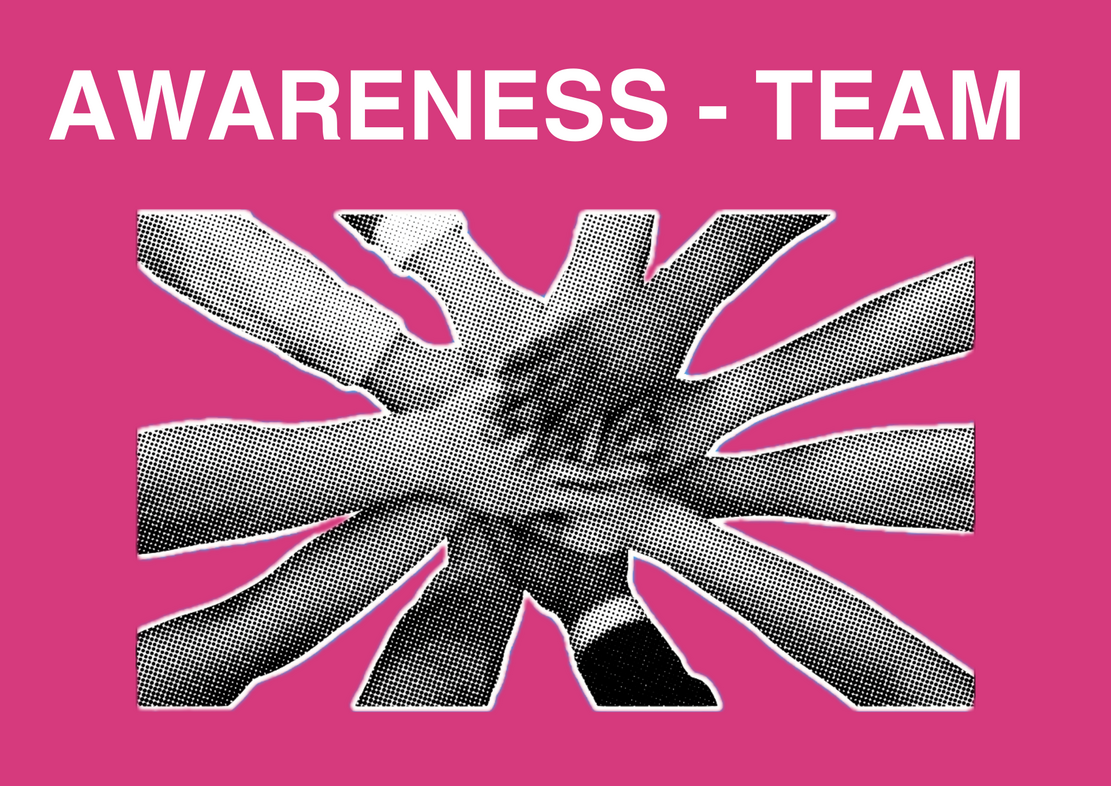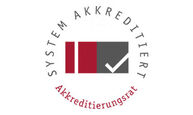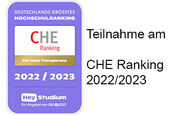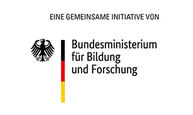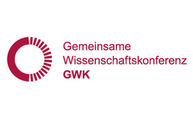What is discrimination, violence and abuse of power?
Discrimination is understood to mean the disadvantaging and devaluation of a person on the basis of attributions or (supposed) identity affiliations. Discrimination has many faces.
The General Equal Treatment Act (AGG) specifies the following characteristics worthy of protection on the basis of which people can be subject to discrimination:
Ethnic origin and racist attributions
Gender (also includes non-binary, trans* and inter* people)
Sexual identity
Religion or belief or non-affiliation to both
Disability
Age
To be added (not only) for the university context:
"Discrimination is the disadvantaging of people on the basis of a characteristic worthy of protection [...]. The decisive factor for discrimination is the result, not the motive (intention, thoughtlessness, general administrative practice, etc.)" (Federal Anti-Discrimination Agency 2019).
Discrimination exists when the same is treated unequally or when people with unequal preconditions are treated equally. It becomes visible in direct discrimination based on the aforementioned characteristics, for example when a student is denied the right to wear a headscarf at university. It is also present in indirect discrimination, where seemingly neutral procedures put groups of people at a concrete disadvantage, for example when a student in a wheelchair is barred from accessing university rooms at certain times because the electricity for the lifts is switched off for cost reasons. (Sexual) harassment is also discriminatory, for example when a student is insulted by lecturers and students because of their homosexuality.
In addition to discrimination, violence and abuse of power are independent but often interlinked forms of unequal treatment and assaults that are deeply rooted in social power relations. Violence is any form of violation of a person's physical, psychological and sexual integrity and can take many forms: from physical, psychological to sexualised, symbolic and digital violence. Abuse of power occurs when a person and/or institution exploits their position of power and dependency to harm, disadvantage or subjugate others. Abuse of power can enable or reinforce discrimination and violence in the first place, especially when people are in a relationship of dependency and there are no effective protection or complaints structures in place. Discrimination can be both a cause and a consequence of violence and abuse of power: People who are socially marginalised or stigmatised are more likely to be affected by violence. Violence, in turn, is often justified or concealed with discriminatory motives, for example when those affected are not taken seriously due to discriminatory assumptions.
Effective protection against discrimination, violence and abuse of power therefore requires an intersectional and power-critical understanding that recognises individual experiences in their structural conditions and aims to strengthen both preventative and interventional measures.



